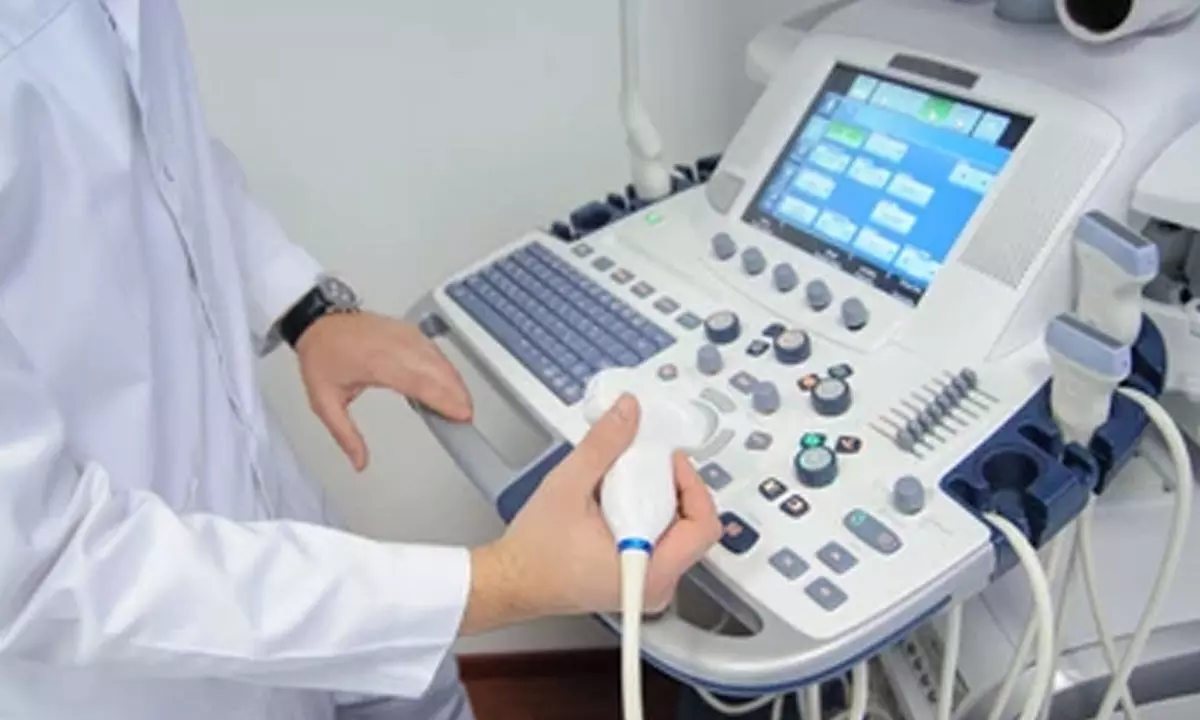Ultrasound imaging in biomedical explained
Ultrasound imaging in biomedical explained
Ultrasound imaging, also known as ultrasound scanning or sonography, is a medical imaging technique that uses high-frequency sound waves to create images of internal organs, blood vessels, and other structures inside the body. Ultrasound is a non-invasive and painless procedure that is often used to diagnose and monitor pregnancy, as well as to evaluate organs and structures such as the liver, gallbladder, pancreas, and kidneys.
The basic concept of ultrasound imaging is to use high-frequency sound waves to create images of internal structures. A small transducer, or probe, is placed on the surface of the skin and sends out sound waves that penetrate the body. The sound waves then bounce back off internal structures and are received by the transducer. The transducer then sends this information to a computer, which creates an image of the internal structures.
There are different types of ultrasound imaging, including traditional 2D ultrasound, 3D ultrasound, and 4D ultrasound. 2D ultrasound creates a flat, two-dimensional image of the internal structures. 3D ultrasound creates a three-dimensional image of the internal structures, allowing doctors to see more detail. 4D ultrasound creates a real-time, moving 3D image of the internal structures, often used in obstetric to evaluate the fetus.
Ultrasound imaging is a safe and widely used diagnostic tool, it does not use ionizing radiation, it is relatively inexpensive and widely available. It can be used to evaluate a wide range of conditions, including pregnancy, abdominal pain, and organ dysfunction. However, there are some limitations, such as the difficulty in imaging certain structures, like bones, and the operator's skill and experience play a significant role in the quality of the image obtained.

Comments
Post a Comment